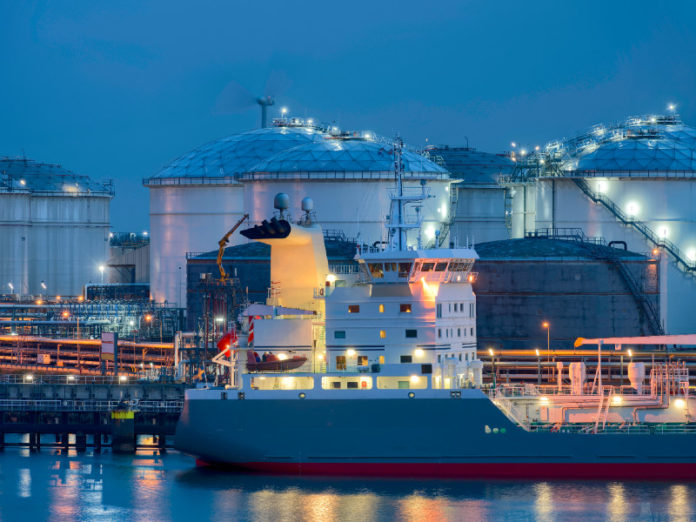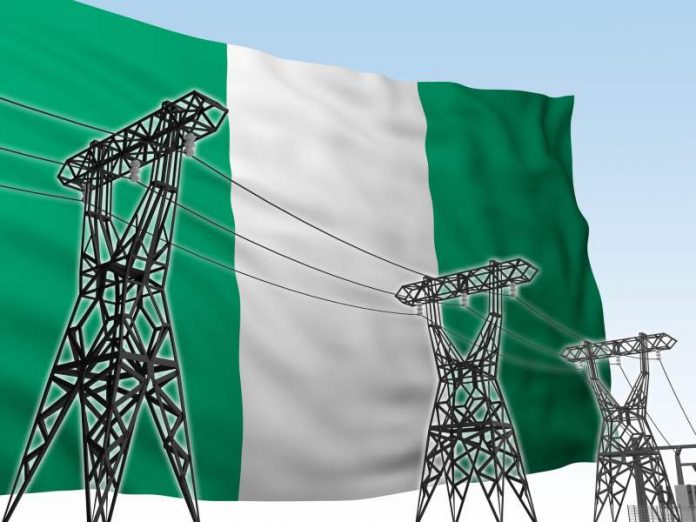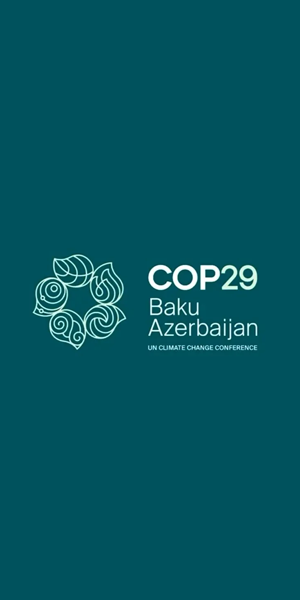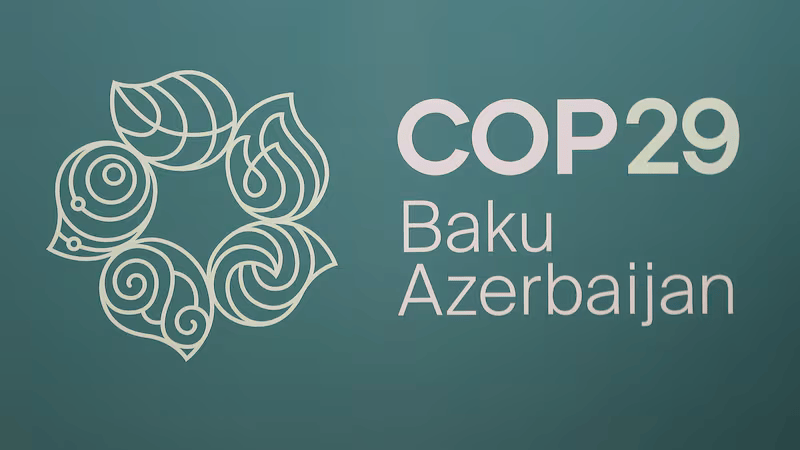
The International Energy Agency (IEA) says global natural gas consumption rebounded by 4.6% in 2021, more than double the decline seen in the gas market in 2020.
The strong growth in demand in 2021 was driven by the economic recovery that followed 2020’s lockdowns and a succession of extreme weather events.
Supply could not keep up with demand and this, coupled with unexpected outages, led to tight markets and steep price increases. This was evident in the slow-down in demand growth in the second half of 2021.
Last year closed with record high spot prices for gas in Europe and Asia, as the natural gas supply remained constricted. The weather during the rest of the northern hemisphere’s winter season necessitating indoor heating will have a direct effect on the direction of short-term demand for gas.
If temperatures remain within the norm, the natural gas market’s growth is expected to be slowed down by higher gas prices and softer economic expansion. Supply tension is expected to ease as offline capacity gradually returns.
The exceptionally high gas, and by extension electricity, prices are likely to have an impact beyond just northern markets and the current season. A ripple effect in both mature and emerging gas importing market is already visible, says the IEA’s Gas Market Report Q1 2022.
Price squeeze in the global gas market
It isn’t just Europe being affected by high gas, and thus electricity, prices. “Emerging economies are particularly vulnerable, and are already experiencing power cuts, industrial demand destruction and potential food supply issues in the absence of affordable gas-based fertilisers.
“The current market situation is a stark reminder for gas-consuming countries of the importance of implementing and updating their security of supply toolboxes, including policies to protect consumers and to optimise the use of gas infrastructure, especially storage,” reads the Gas Market Report.
Exceptionally low natural gas prices during 2020 enabled substantial coal-to-gas switching in power generation across various regions and high markets. But this started changing towards the end of 2020 as the prices rose.
High natural gas prices negatively affected demand from industrial consumers, who either switched to alternative fuels or reduced output in the last few months of 2021.
Companies in energy-intensive sectors such as fertilisers, glass and steel either decreased or suspended production because of the high gas spot prices.
In emerging markets where gas prices are regulated, governments passed large tariff increases onto major consumers to partially fund the cost of supplying protected retail customers. “They rose by 28% in Egypt and 43% in Pakistan.”
Gas-based fertilisers also reached a record-high price level by the end of 2021.
LNG market supply inadequacies
Inadequate supply of LNG, caused by capacity outages and upstream underperformance, also contributed to the tightening of the global gas market in 2021. The most visible sign of this supply underperformance was the high level of LNG capacity outages, which spiked in 2020.
About half of the LNG volumes lost to unplanned outages in 2021 – excluding the long-term disruption in Yemen – were due to upstream issues limiting feedgas availability, with the most severe incidents occurring in Nigeria, Trinidad & Tobago and Malaysia.
Project delays could further limit supply availability for the next few years, warned the report. Of the almost 190bcm of nameplate liquefaction capacity under construction in early 2021, about 20% was ahead of schedule by an average of eight months and35% were on time, but 45% were delayed by an average of 14 months.
“Delays are especially pronounced for projects that were initially targeting full capacity by 2024, including LNG Canada, Mozambique LNG and Golden Pass in the United States.”
Trade of gas globally grew in 2021
Long-distance pipeline flows surged by 12% year on year, accounting for almost two-thirds of global gas trade growth in 2021, which largely recovered the losses of 2020. This strong growth was primarily driven by Europe, where pipeline imports rose by almost 11% y-o-y, amid a combination of higher gas demand, plummeting domestic production and lower LNG inflow.
Norway’s pipeline deliveries to the rest of the continent rose by 5% y-o-y, while pipeline imports from North Africa increased by a whopping 50% in 2021 compared to 2020.
While the global trade of LNG expanded by 6% during 2021, compared to 2020’s 1%, the IEA forecasts it will grow 4% during 2022 as the demand expansion in Asia during 2021 moderates and the drought-driven rise in imports into South America reverses.
Asia accounts for all net growth in LNG imports with inflows to emerging Asia set to expand by 27%, driven by the region’s post-COVID-19 demand recovery, domestic production declines and planned import capacity additions.
“Import growth in the Middle East during 2022 (up 11%) is enabled in part by Kuwait’s new Al-Zour terminal, while in Africa it is fuelled by the emergence of new importing countries – Ghana, South Africa and Senegal.”
“LNG export growth in 2022 remains dominated by North America, which accounts for more than 75% of the net increase in global LNG supply.
“The rest of the world remains broadly flat. Small increases in South America (due to recovering output in Trinidad & Tobago and Peru), Russia (due to the start-up of Portovaya LNG) and Africa (due to the launch of Coral FLNG in Mozambique) are offset by declines in Asia Pacific (despite the addition of the Tangguh LNG train 3 expansion in Indonesia) and the Middle East.

Policy reforms in the natural gas market
Natural gas market reforms continued to gather pace in 2021, including legislation fostering market opening and competition; measures enhancing security of gas supply; and policy initiatives to reduce the emissions intensity of gas supply and facilitate the inclusion of low-carbon gases into the gas system.
Nigeria’s long-awaited Petroleum Industry Act was signed in August 2021. The Law redefines the West African country’s oil and gas industry’s regulatory framework, with a definite aim to incentivise private investment and competition.
The Act includes several specific provisions regarding the domestic natural gas market such as the introduction of domestic supply obligations as well as major changes in gas infrastructure regulation, including a network code, access rules and pricing.
It also introduces additional penalties for gas flaring and venting in order to monetise lost gas and reduce resulting pollution.
You can find the IEA’s Gas Market Report Q1 2022 online.










